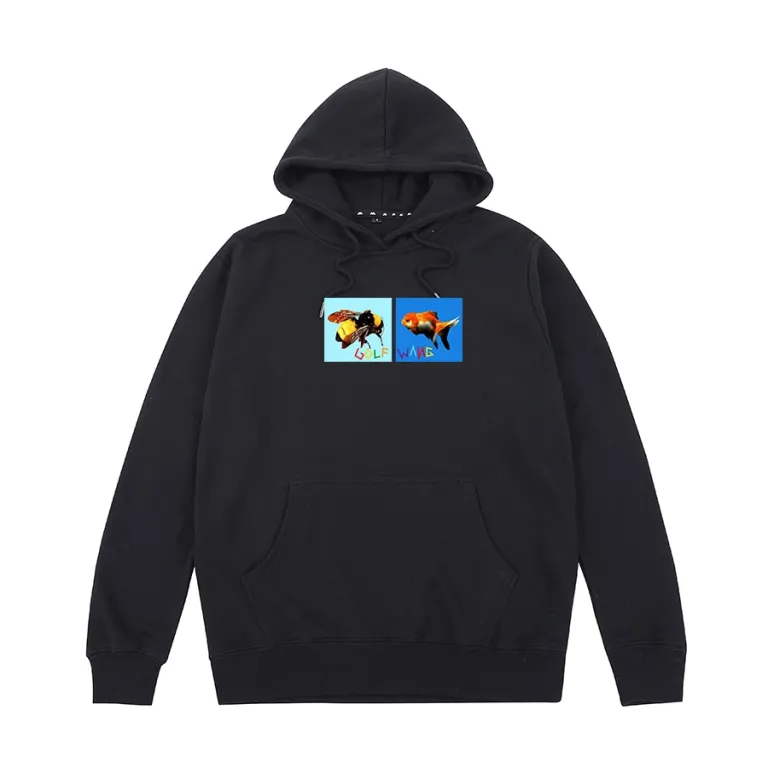Introduction
1.1 Definition and Scope
Wound care involves the treatment and management of wounds, which are disruptions in the skin’s integrity. These wounds can be classified into acute wounds, such as surgical incisions or injuries, and chronic wounds, which are persistent and do not heal easily, such as diabetic foot ulcers or pressure sores. The scope of the wound care market includes a wide range of products and services designed to manage these wounds effectively, ranging from basic dressings to advanced wound care technologies.
1.2 Objectives of the Report
The primary objectives of this report are to:
- Analyze current market trends and dynamics in the global wound care industry.
- Forecast the market growth over the next decade.
- Identify and profile key players and their strategies within the market.
Market Overview
2.1 Market Size and Growth
As of 2023, the global wound care market was valued at approximately USD 22.05 billion. This robust valuation reflects a significant demand driven by an increasing prevalence of chronic wounds globally. The market is projected to grow at a compound annual growth rate (CAGR) of 5% from 2024 to 2032, reaching an estimated value of USD 34.21 billion by 2032. This growth is driven by advancements in wound care technology, an aging population, and a higher incidence of chronic conditions.
2.2 Market Segmentation
- By Product Type: The wound care market is segmented into various product categories, including basic wound care products like bandages and dressings, and advanced wound care products such as hydrogels, collagen-based dressings, and bioengineered skin. Advanced wound care products are gaining traction due to their effectiveness in treating complex wounds.
- By Wound Type: Wounds are categorized into chronic and acute types. Chronic wounds include diabetic ulcers, venous ulcers, and pressure ulcers, which require ongoing management. Acute wounds, such as surgical wounds and traumatic injuries, generally heal more rapidly but still demand effective care.
- By End User: The market serves multiple end users, including hospitals, clinics, and home care settings. Hospitals and clinics are major consumers due to their high volume of wound care needs, while the home care segment is growing due to increasing patient preferences for at-home treatment.
Get a Free Sample Report with Table of Contents
Market Drivers
3.1 Increasing Prevalence of Chronic Wounds
Chronic wounds are a major driver of market growth. These wounds are persistent and often associated with underlying health conditions such as diabetes, venous insufficiency, and obesity. The global increase in these conditions contributes to a higher demand for wound care products and services.
3.2 Advancements in Wound Care Technologies
Technological advancements are significantly driving the market. Innovations such as advanced dressings, wound healing devices, and skin substitutes improve the management and treatment of wounds, leading to better patient outcomes and increased market demand.
3.3 Rising Aging Population
An aging population is another crucial factor driving market growth. Older individuals are more prone to chronic conditions and wounds due to decreased skin elasticity and slower healing processes. As the global population ages, the need for effective wound care solutions grows.
3.4 Growing Incidence of Diabetes and Obesity
Diabetes and obesity are closely linked to wound healing issues. Diabetic foot ulcers and pressure sores are common among diabetic and obese patients, respectively. The rising incidence of these conditions further fuels the demand for specialized wound care products.
Market Restraints
4.1 High Cost of Advanced Wound Care Products
Advanced wound care products, while effective, are often costly. The high price of these products can be a barrier for widespread adoption, particularly in developing regions where cost sensitivity is higher.
4.2 Limited Reimbursement Policies
Reimbursement policies for wound care products vary widely by region and can be restrictive. Limited or inadequate reimbursement can deter healthcare providers from using advanced wound care products, impacting market growth.
4.3 Lack of Awareness in Emerging Markets
In emerging markets, there is often a lack of awareness and education about advanced wound care options. This gap can hinder market expansion in these regions, where traditional wound care methods are still prevalent.
Regional Analysis
5.1 North America
North America holds a significant share of the global wound care market. The region benefits from advanced healthcare infrastructure, high awareness levels, and a robust presence of key market players. The U.S. is the largest market due to its high incidence of chronic wounds and advanced healthcare system.
5.2 Europe
Europe is another major market for wound care products, driven by an aging population and increasing prevalence of chronic diseases. Countries like Germany, the UK, and France are leading contributors. The European market also benefits from strong healthcare policies and reimbursement structures.
5.3 Asia-Pacific
The Asia-Pacific region is experiencing rapid growth in the wound care market. This growth is fueled by increasing healthcare expenditures, rising awareness of advanced wound care technologies, and a growing patient population. However, market penetration can vary widely across different countries in the region.
5.4 Latin America
In Latin America, the market for wound care products is expanding, though at a slower pace compared to other regions. Growth is driven by increasing healthcare access and awareness. However, challenges such as economic instability and varying reimbursement policies impact market dynamics.
5.5 Middle East & Africa
The Middle East and Africa represent a smaller segment of the global wound care market but are showing growth potential. Increasing healthcare investments and rising patient awareness are contributing to market expansion. Challenges such as economic disparities and limited healthcare infrastructure persist.
Competitive Landscape
6.1 Key Players Overview
- 3M Company: A leading player in the wound care market, known for its broad range of wound care products, including advanced dressings and antimicrobial solutions.
- Smith & Nephew plc: Offers a diverse portfolio of wound care products, including advanced wound dressings and wound healing devices.
- Integra LifeSciences Holdings Corporation: Specializes in advanced wound care technologies, including skin grafts and collagen-based products.
- Mölnlycke Health Care AB: Provides a range of wound care solutions, including dressings and advanced wound care products, with a focus on innovation and patient care.
6.2 Market Share Analysis
These key players collectively hold a significant share of the wound care market. Their market presence is strengthened by their extensive product portfolios, innovative solutions, and strategic market expansions.
6.3 Strategic Initiatives
Key strategies employed by these players include mergers and acquisitions, partnerships, and collaborations. Product innovation is also a significant focus, with companies investing in research and development to create advanced wound care solutions.
Future Outlook
7.1 Market Forecasts and Projections
The wound care market is expected to continue its growth trajectory over the next decade. The projected CAGR of 5% suggests a steady increase in market value, driven by ongoing advancements in technology and rising demand for effective wound management solutions.
7.2 Emerging Trends
Emerging trends include the development of bioengineered skin substitutes, smart wound care devices, and telemedicine solutions for wound management. These innovations are expected to shape the future of wound care and drive market growth.
7.3 Investment Opportunities
Investment opportunities exist in the development of advanced wound care technologies, particularly in emerging markets with growing healthcare needs. Companies can capitalize on these opportunities by focusing on innovation, strategic partnerships, and expanding their market presence.








